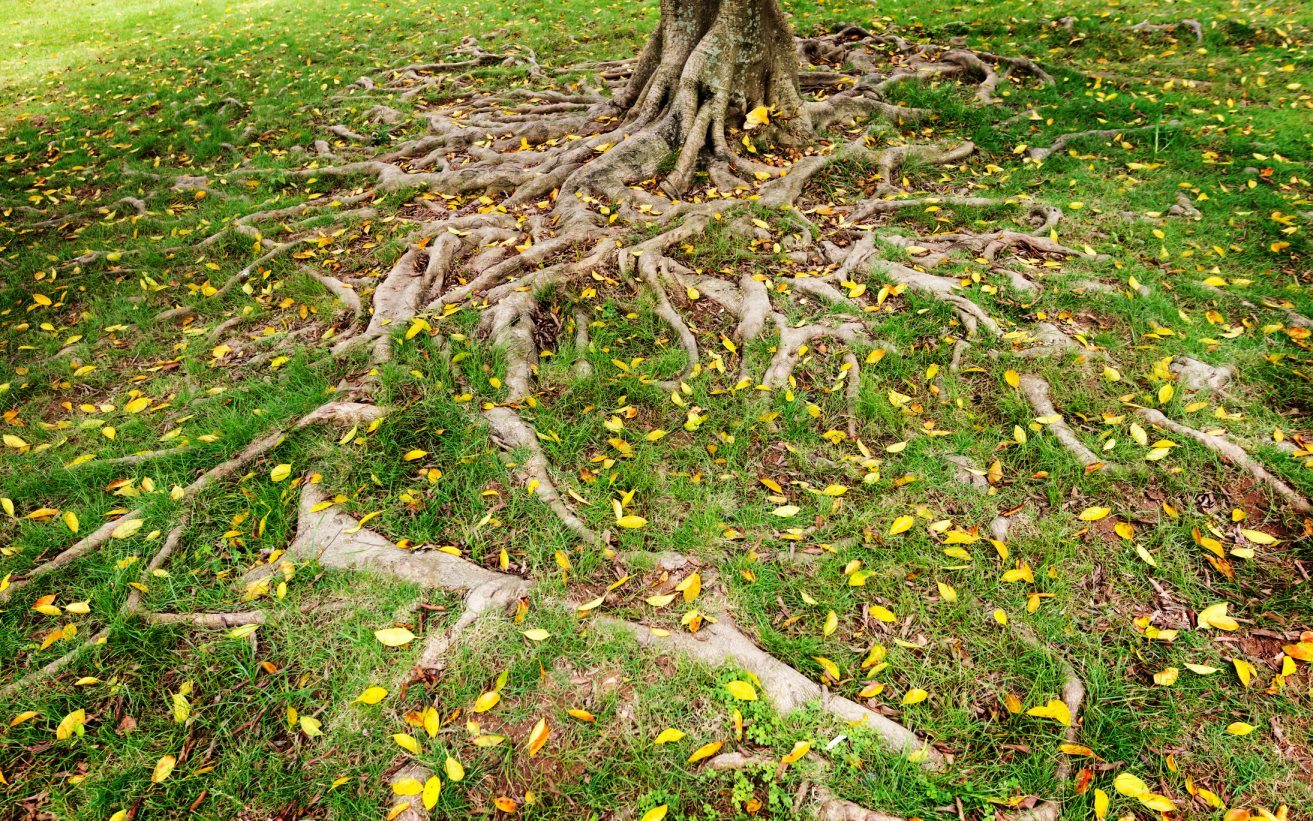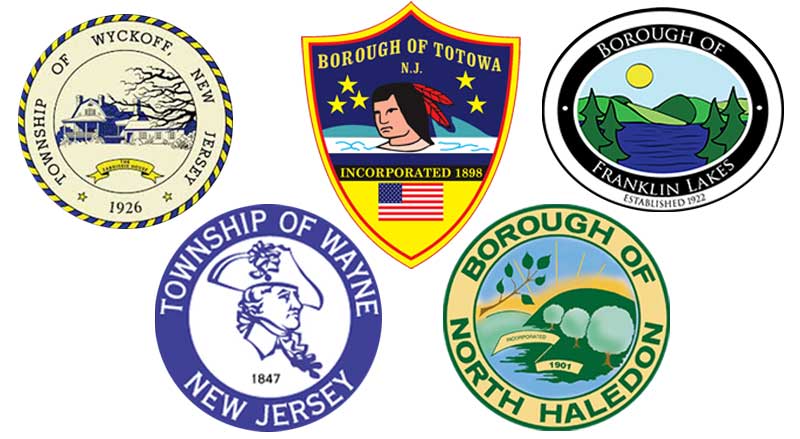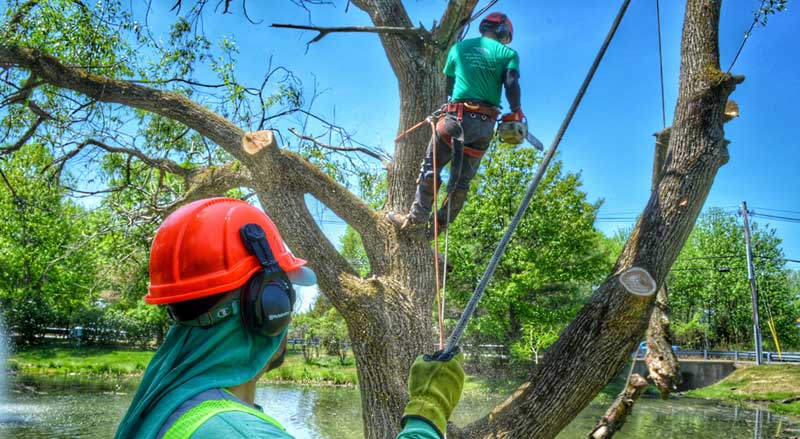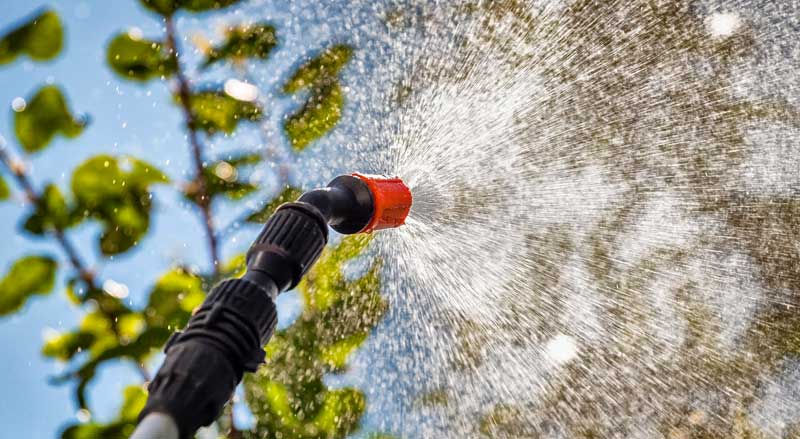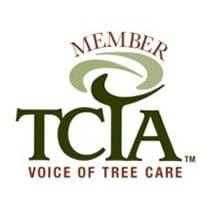“How to Stop Invasive (Aggressive) Tree Roots From Damaging your Property”
Trees are a key part of any landscape, especially your yard. They can provide shade, flowers, or even fruit–or they may just be there for looks. Despite these benefits, careless planting of trees can lead to serious issues for you and your property. Invasive tree roots are one of those issues. To help save you time and frustration, we have gathered this list of common problems and their solutions.
The Root of the Problem
Why do tree roots cause so much damage? What homeowners see above ground is only the tip of the iceberg. In order to survive, trees need large root systems to soak up water and nutrients year-round. These roots will often spread as far as the longest branches, and they may grow several feet underground. Different trees from different environments have roots which are built to handle different types of soil and humidity. In some trees that means shallow or invasive root systems. That becomes a problem when roots underneath pipes or driveways decide they need to grow upwards, or when they steal water and nutrients from other plants nearby.
Trees with Roots that May Cause Concern
Certain trees are known to have particularly aggressive roots. This is not an exhaustive list, but some varieties include:
- Maple trees, especially the silver maple, can have very shallow roots which will commonly extend above ground. They can be very thirsty as well, which is another key sign that they may damage your property in search of water.
- Willows have far-reaching roots to stabilize themselves in moist soil and to seek fresh water. The Pussy Willow is native to New Jersey and usually less harmful than some other varieties, but all willows require lots of water and will invade pipes.
- Poplars and hybrid poplars grow very quickly and can do a great amount of damage in a relatively short time. Their roots are shallow and very extensive–they can spread up to twice the tree’s height. Your HOA may ban the planting of poplars in your community for these reasons.
- Any other large tree such as birch or oak. Oak grows slowly but will have a massive root system in old age.
Plan Ahead to Avoid Problems
An ounce of prevention is worth a pound of cure. In much of northern New Jersey, are fortunate to have quality soil which can absorb and drain water well. When water can penetrate into the ground, roots don’t need to surface to find it unless there are drought conditions. However, that is no substitute for proper tree care. If you are careful to plant trees properly and safely, you will likely never have to take extreme measures.
- Learn about different tree options before planting. There are many important traits which may make a tree the right or wrong choice for your property.
- Keep all trees at least 10 feet from home foundations, driveways, and utilities. Double that distance or more for particularly invasive species, especially larger varieties.
- Plant all trees away from in-ground pools and their water lines. Trees seek water and will not hesitate to invade lines or snake under even the most perfectly installed pools.
- Plant trees with shallow roots some distance away from gardens and with shade areas in mind.
Solving your Problems with Tree Roots for Good
If you already have improperly planted trees on your property, you may already have some damage. Either way, you should do something to prevent further damage. Some plumbing services will clear roots from your lines and replace pipes, but they may damage your trees beyond what is necessary.
A certified tree service professional will respect the health of your trees if you wish to keep them and will make every effort to save your trees when possible. Tree specialists are also trained to remove dangerous trees safely and efficiently. Trees Unlimited offers a free assessment service for these and other issues, and we recommend you *always* get an assessment before removing a tree yourself or cutting tree roots.

